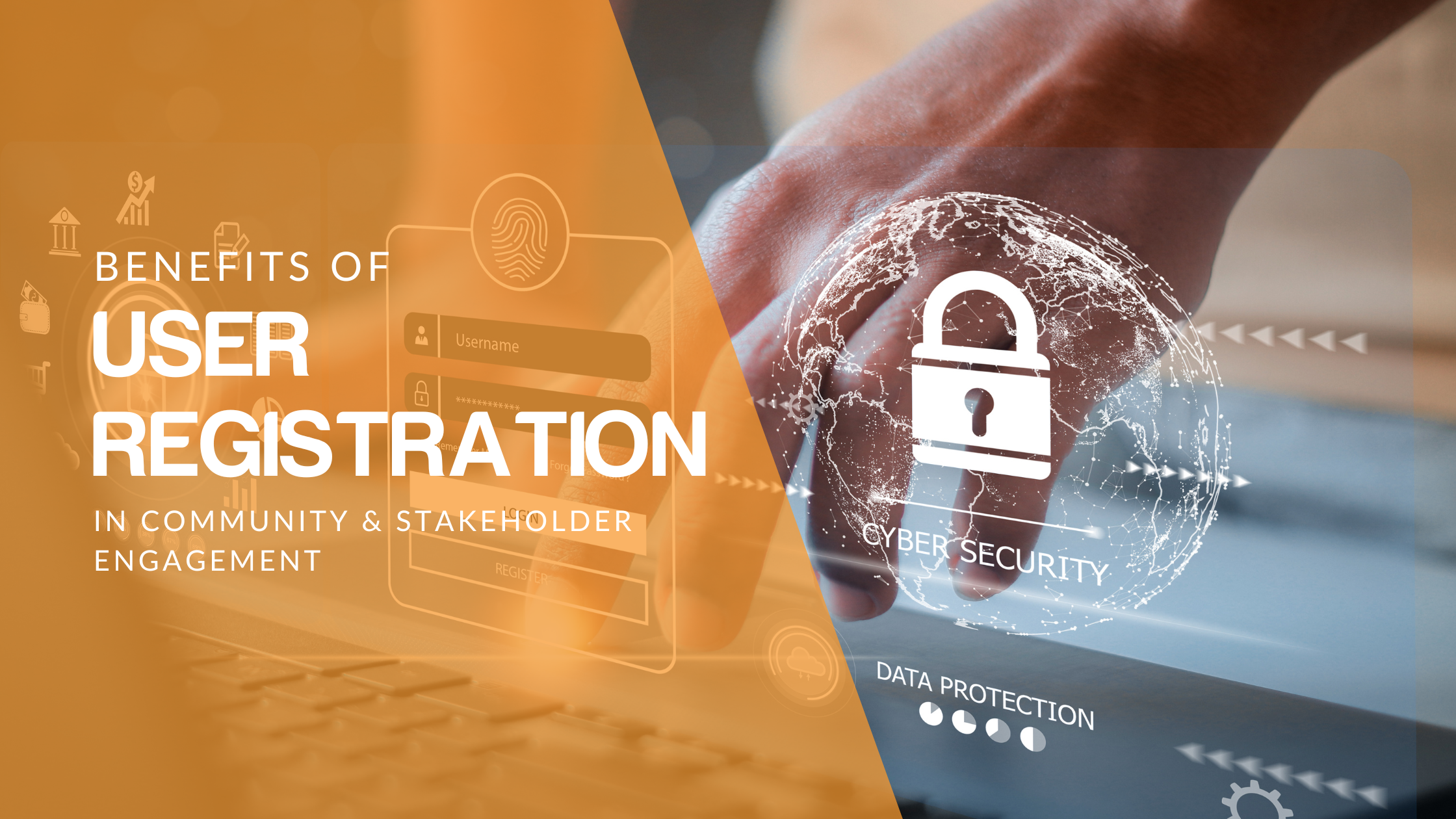There are many challenges in community engagement, both internal and external. Some of these barriers can be overcome through effective resourcing and a comprehensive and timely approach with continual reviewing of the risks and challenges.
Here we’ve compiled our top 10 list of the challenges in community engagement you may face and advice on how to overcome them. If you’d like more detail on community engagement, read our ultimate guide here or contact us for a detailed proposal to see how our software can assist in overcoming many of the challenges of community engagement.
Top 10 challenges in community engagement:
- Resourcing – It really all starts with the question of adequate resourcing. Often the biggest challenge in community engagement is a lack of time and staff to effectively put in place a complete strategy. This starts at the planning stage and is necessary through delivery and into the final reporting and evaluation stage. Using an online engagement platform like Engagement Hub can drastically reduce the administrative burden for staff and help you generate instant reports and feedback mechanisms. View our demo site to see how our innovative information, participation and communication tools can transform how you deliver your community engagement strategy.
- Flexibility – Your community engagement strategy and resourcing need to allow enough flexibility to respond proactively and reactively to community needs and the direction of the feedback.
- Accessibility – A vital component of any community engagement is accessibility for all. This could mean holding events at various locations and times, hosting training for people to train them on your online engagement software or translating materials into other languages. Digitally, you need to adhere to online accessibility guidelines. All Engagement Hub platforms can instantly translate into over 100 languages and are WCAG 2.0 compliant (more details here).
- Representativeness – Making sure that all voices are heard and that your data is representative of your whole community can seem difficult. However, segmentation of your audience via demographic, location and other factors can help you keep track of any parts of your community that you haven’t reached or have not had enough interaction with. Through online engagement software, like Engagement Hub, you can set up automatic segmentation upon registration so you can instantly see in your reporting whether you are reaching all parts of your community. View our quick video about how the built-in SRM can help you segment your audience.
- Equity – You need to make sure all voices are heard equally and one group is not disadvantaged or marginalised. This is the next level from representativeness and requires you to dig deeper into your data. Tools like surveys and polls that allow your users to only submit or vote once are examples of ensuring equity in your quantitative data.
- Summarising sentiment – bringing together a variety of community views into a collective response to your engagement is tricky. More in-depth engagement methods allow emergent ideas to be developed and thrashed out so allowing more time for the sentiment to develop across the consultation period is important. It’s also vital to humanise the sentiment analysis. Although there are some great digital tools to assist with the analysis of qualitative feedback, the overall sentiment can only be viewed by people and agreed upon as a group so individual views don’t sway the interpretation of the data. View a quick video and learn more about reporting and topic tagging.
- Consultation fatigue – one danger with continual community engagement is that your community grow tired of being asked for their views and disengages. It’s important to balance your need for participation with what’s an acceptable level of engagement for your whole community and provide a variety of ways to engage to keep interest
- Disillusionment – Community members can become disillusioned with the process if they see their input is not being taken forward. If the community believe that it was just a ‘tick-box exercise’ to say you consulted and their feedback wasn’t considered or actioned, they are likely to feel anger and not reengage with your organisation again or favourably. Managing expectations of how much input the community has in the final decision making is therefore paramount.
- Governance – Proper governance provides transparency for the community and accountability for everyone involved. A structured approach to community engagement with strategic plans, resourcing plans and a clear delineation of decision making and responsibility allows you to get the best out of your engagement practices.
- Community building – It takes time and a best practice approach to build an engaged community, but it can be very rewarding. Take the time to build the skills of your community so they are equipped to participate with you now and in the future.
Community engagement can be very challenging for organisations to resource and undertake but when you are aware of these barriers and find ways to overcome them – your organisation can benefit from collaborating with an empowered community and make decisions with more certainty.
To understand more of the critical role online consultation software can play in your community engagement, view our demo site or book a virtual software demonstration to see how an Engagement Hub platform could help you overcome many of the common challenges in community engagement.






